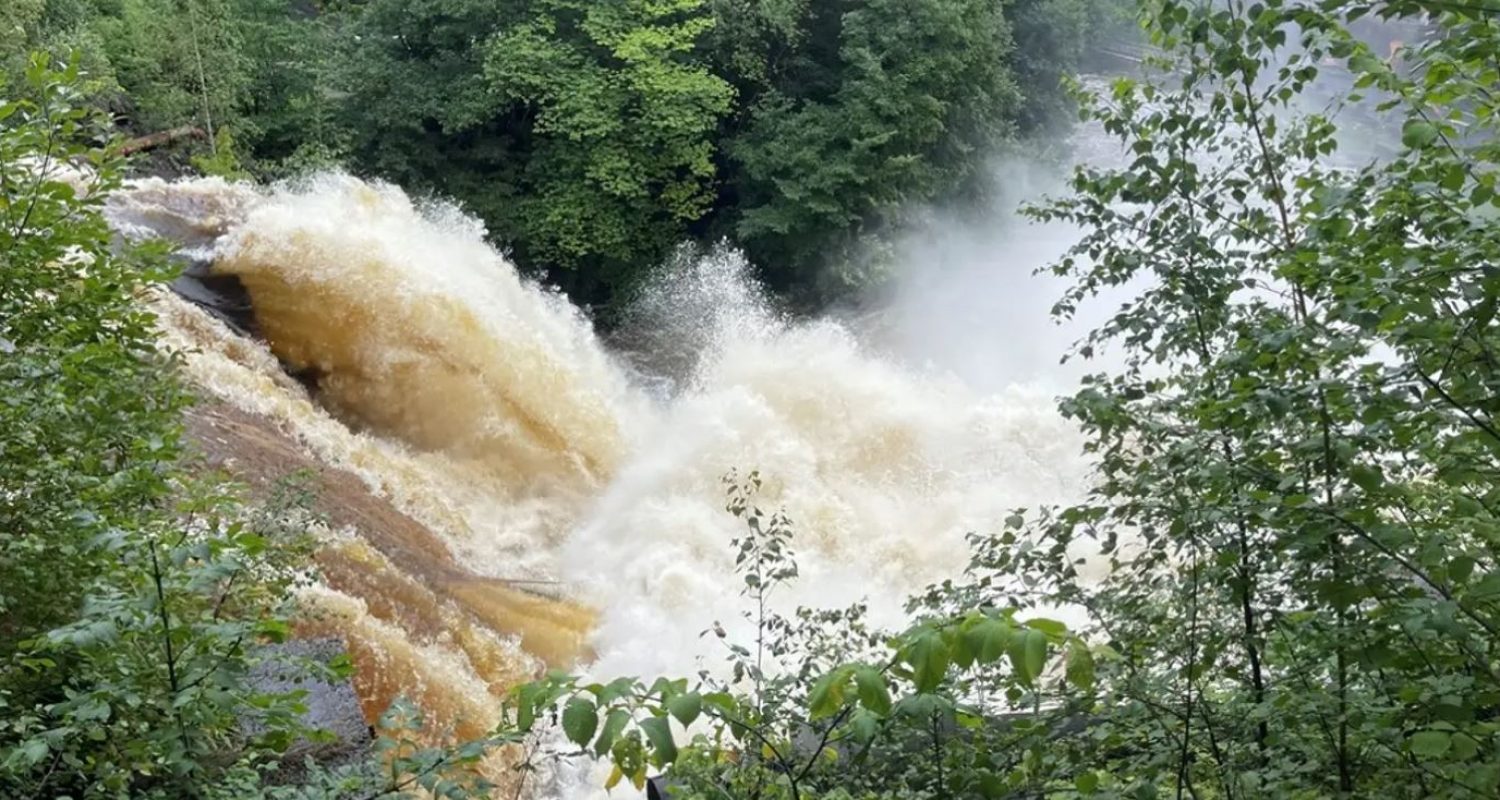For at least 3 billion people, the quality of the water they depend on is unknown due to a lack of monitoring. According to the UN, meeting drinking water, sanitation and hygiene targets by 2030 will require a four-fold increase in the pace of progress.
“Climate change is having a negative impact on water quality. Raw water sources previously regarded as safe are becoming more unstable. In addition, extreme weather with heavy rain and flooding is affecting biodiversity and recreation in rivers and lakes, and makes it important to know your water in order to find the right treatment,” explains Stenersen.
On-site monitoring of E. coli in different water sources
Colifast CALM™ provides automated, remote microbial testing of different water sources, including raw water, recreational water, environmental water and wastewater. The online system detects E. coli, total coliforms, faecal coliforms and P. aeruginosa. The flexible system can be used with different methods, including a rapid method for screening purposes and statistical methods such as MPN for number or level of bacteria. Detection time ranges from two to 12 hours, and no laboratory facilities or skills in microbiology are required to perform the analysis.
Connected directly to the water source, Colifast CALM™ automatically collects a representative water sample, performs a microbiological analysis, and reports to the user. The system can be placed in strategic locations to sample and report on the water quality for typically 14 days without any interaction.
The system’s flexibility enables a wide variety of applications:
“In Oslo, the systems have been used to monitor the water quality in the urban river Akerselva that mouths out in the Oslofjord with several popular beach areas nearby, while another system monitors a river that mouths out in the drinking water source Maridalsvannet. In Sweden, a large city uses CALM to open and close the intake from their raw water source, a heavy polluted river,” explains Stenersen.

Much faster than traditional labs
Highly user-friendly, ColifastCALM™ is operated easily by non-experts, and results are transmitted via GSM, PLC/SCADA or LAN.
The system’s rapid method, combined with early warning options, provides information long before traditional laboratory results are available. Moreover, the Colifast instruments perform automated analysis on site and reduce the risk of errors during sampling, transportation and sample preparation.
“Our system minimises the risk of human error. Monitoring is automated and continuous, using exactly the same procedure every time. The samples are always representative because they are collected and immediately measured at the source instead of being transported to another location,” says Stenersen.
Extreme weather fuels market demand
The global water testing and analysis market is projected to reach USD 5.5 billion by 2027, driven by climate change, a growing population and an increase in waterborne diseases. To counteract these threats, authorities are enacting more water-quality regulations, which require accurate measurement and reporting.
More than 30 years of experience has allowed Colifast to establish a worldwide distribution network, with over 50 systems installed globally. “We provide validated and documented methods and results that correspond with international standards,” notes Stenersen.
In addition to ColifastCALM™, the company provides a similar system, known as Colifast ALARM™, for detecting the presence E. coli in fresh water. Colifast also delivers the Colifast Field Kit™, a portable tool for quickly detecting faecal contamination out in the field.
“Colifast systems play a role in reaching many of the UN Sustainable Development Goals, with a special focus on Goal 6 which addresses water, hygiene and sanitation and water reuse,” she concludes.
